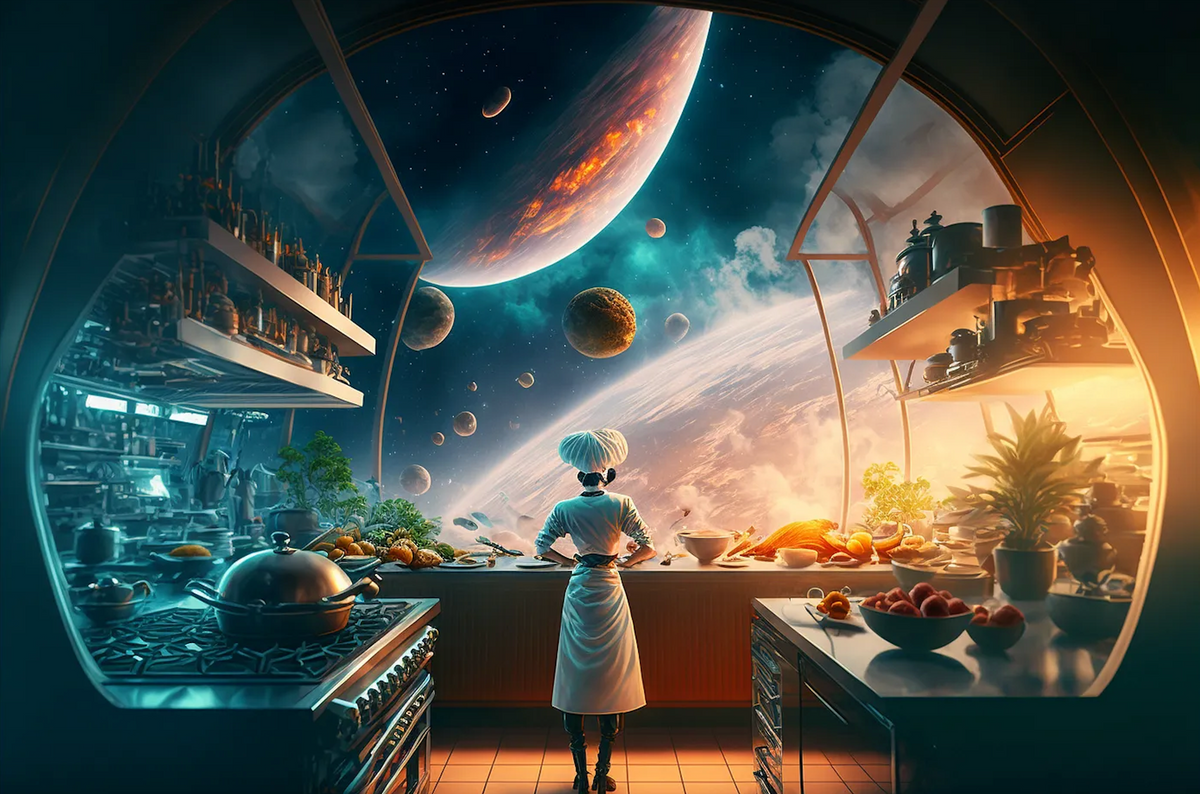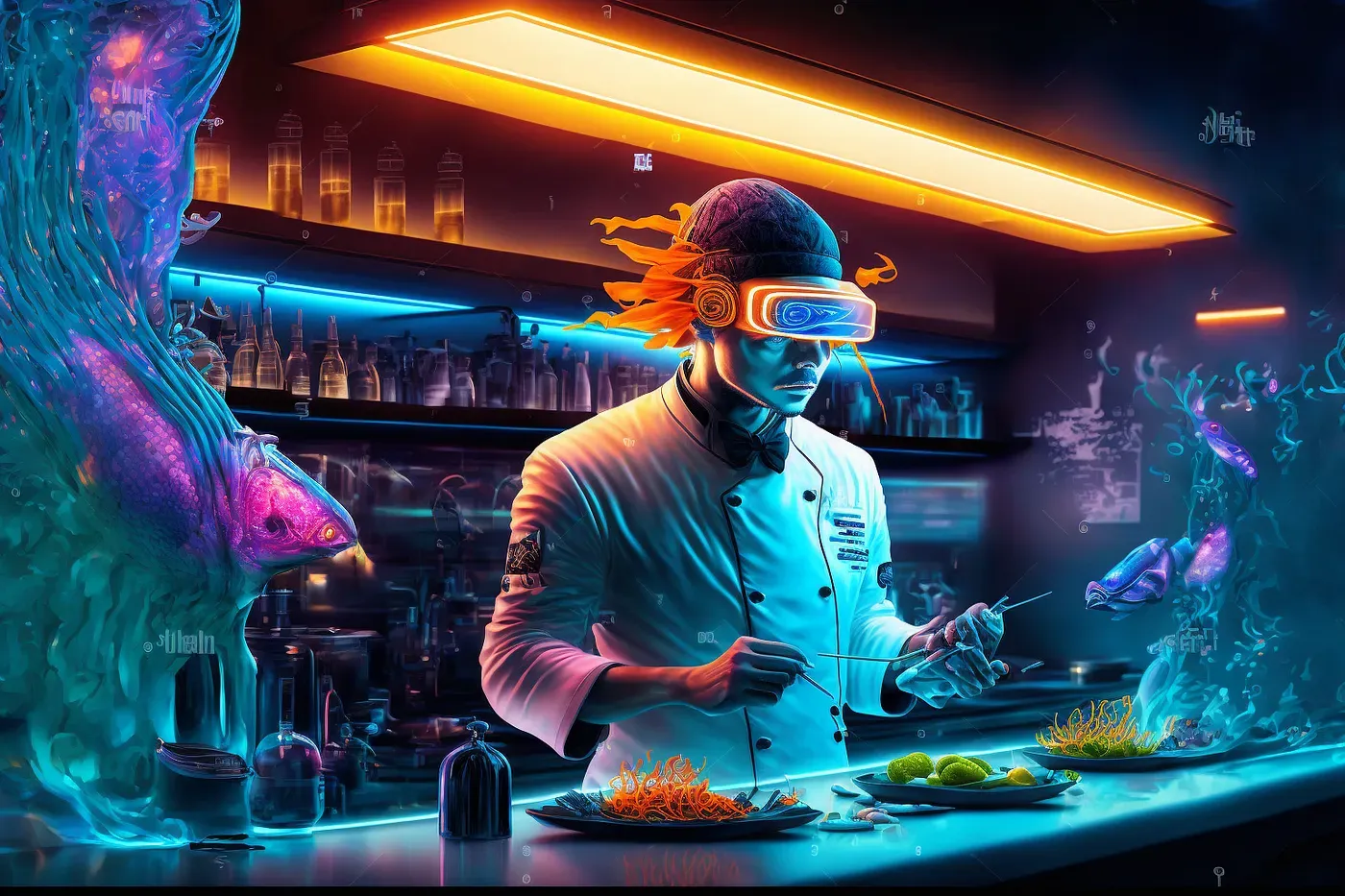The Rise of Invisible Food: A Game-Changing Technology of the Future
In this fast-paced environment, new technology is being developed to make our lives easier and more convenient.

In the year 2150 AD, I, Srinidhi Ranganathan, am known as the Digital Marketing Legend, reigning supreme over the constantly evolving world. In this fast-paced environment, new technology is being developed to make our lives easier and more convenient. One such technology is the invention of invisible food, a game-changing concept that has the potential to transform the way we eat and live.

So, what exactly is invisible food? This type of food is designed to be consumed without being seen or tasted, created using a combination of cutting-edge technology and food science. The idea behind it is to provide a way for people to consume nutrients without having to worry about the taste or appearance of the food, especially beneficial for picky eaters or those with dietary restrictions.
Invisible food can be made using a variety of techniques, including micro-encapsulation, where tiny particles of food are encapsulated in a material that can be consumed without being tasted, and flavour-masking, where the taste of the food is disguised using other flavours or additives. Additionally, some companies are using 3D printing technology to create invisible food, allowing for a high degree of customization.
The importance of invisible food lies in its potential to address several issues faced by the world today. It provides a solution to food waste, as it eliminates the need to reject food that doesn't meet aesthetic standards or has passed its expiration date. It also offers a way to combat malnutrition, providing a means for people to consume the nutrients they need without having to worry about the taste or appearance of the food.
Invisible food has applications beyond the food industry as well. It can be used in the development of functional foods, providing health benefits beyond basic nutrition, and in space travel, where it can combat the loss of appetite experienced by astronauts. It can also be used to create new culinary experiences, giving rise to innovative dishes and culinary trends.

However, there are challenges and concerns that need to be addressed. One such concern is the safety of the materials used to create invisible food, as there is limited research on their safety for human consumption. Additionally, the popularity of invisible food may lead to a decline in traditional food industries, impacting the livelihoods of farmers and other food producers. Finally, there is a risk that invisible food may further disconnect people from the natural world and the sources of their food, making it essential to consider the impact of this technology on our relationship with food and the environment.
In conclusion, invisible food is an exciting technology that has the potential to revolutionize the way we eat and live. As we move towards an increasingly technological world, it is essential to address the challenges and concerns to ensure the safety and sustainability of this technology. Invisible food provides us with an opportunity to rethink our attitudes towards food and explore new possibilities for sustainable and nutritious food production, driving change and progress in the food industry.




